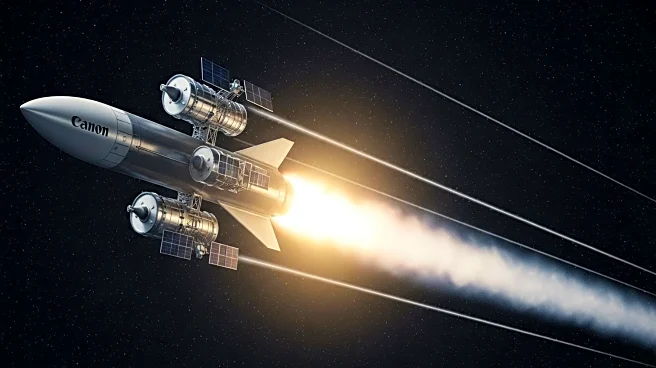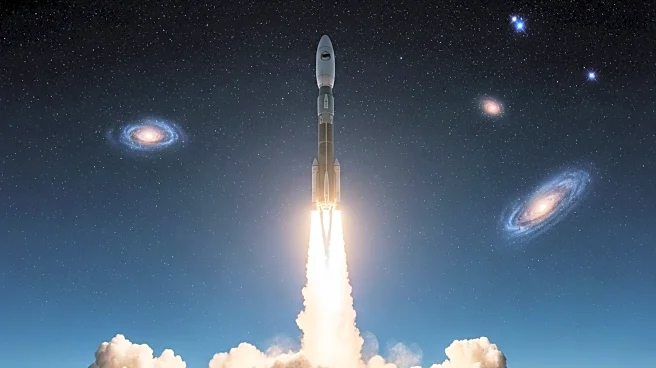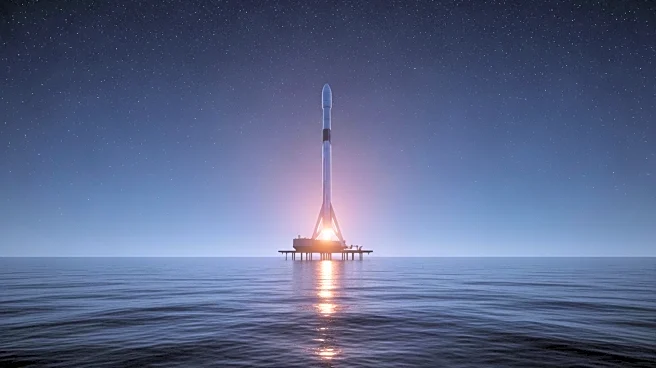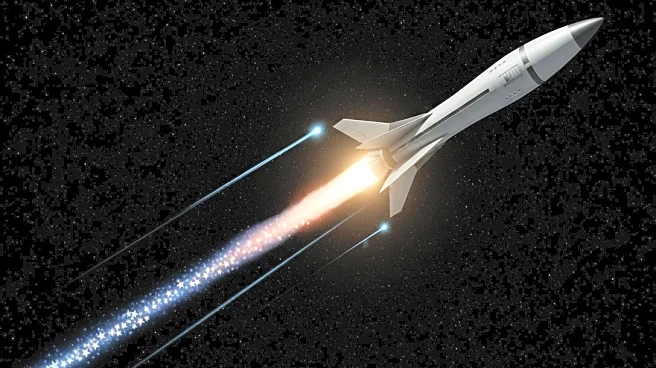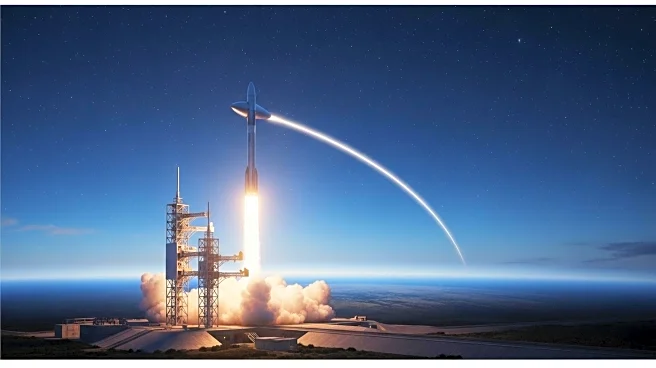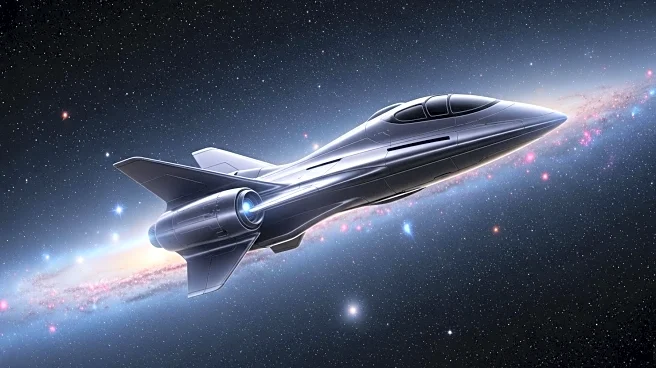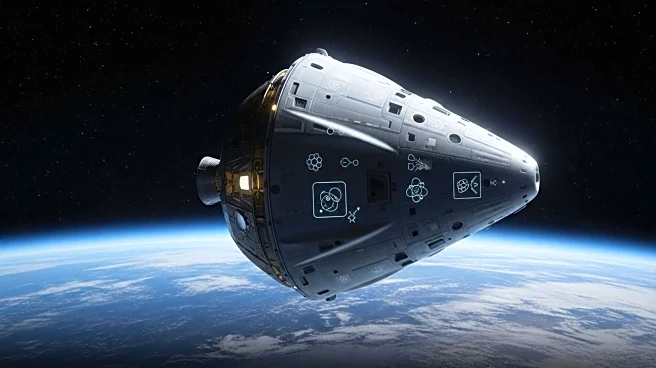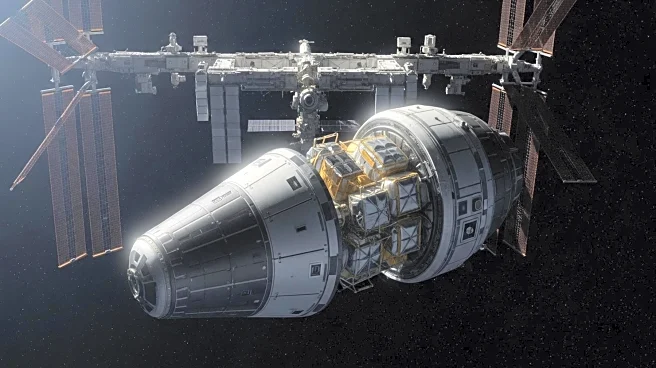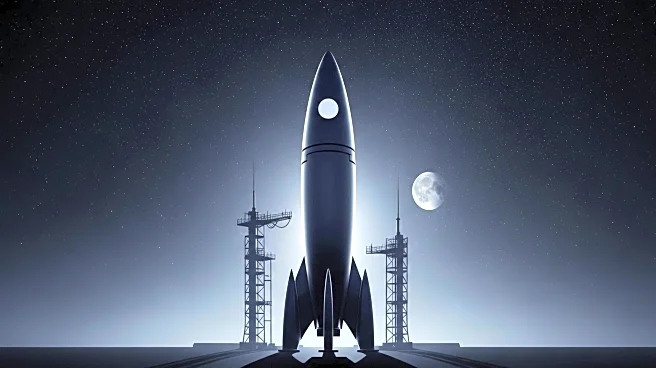Rapid Read • 8 min read
SpaceX successfully launched 28 Starlink satellites into low Earth orbit using its Falcon 9 rocket, marking the 30th flight of this particular booster. The launch took place from NASA's Kennedy Space Center in Florida. The Falcon 9's first stage, designated 1067, achieved its 30th landing on the SpaceX drone ship 'A Shortfall of Gravitas' approximately 8.5 minutes after liftoff. This milestone is part of SpaceX's strategy to make spaceflight more cost-effective and efficient through extensive reuse of its rockets. The Starlink network, which now includes over 8,200 operational satellites, continues to expand, enhancing global internet connectivity.
AD
The successful launch and reuse of the Falcon 9 rocket underscore SpaceX's commitment to reducing the costs associated with space travel. By reusing rocket components, SpaceX aims to make space exploration more accessible and sustainable. The expansion of the Starlink network is significant for global internet coverage, particularly in remote and underserved areas. This development could have profound implications for telecommunications, enabling better connectivity and potentially transforming industries reliant on internet access. The achievement also highlights SpaceX's role in advancing commercial spaceflight capabilities.
SpaceX plans to continue expanding the Starlink network, with more satellite launches expected in the near future. The company is also focusing on the development of its next-generation rocket, Starship, which is designed to be even more reusable and capable of supporting missions to the moon and Mars. As SpaceX progresses with its ambitious plans, stakeholders in the aerospace industry, including competitors and regulatory bodies, will likely monitor these developments closely. The continued success of Starlink could lead to increased competition in the satellite internet market.
The implications of SpaceX's reusable rocket technology extend beyond cost savings. It represents a shift towards sustainable space exploration, potentially reducing space debris and environmental impact. The expansion of Starlink also raises questions about the regulation of satellite networks and their impact on astronomy. As the network grows, concerns about space traffic management and the preservation of dark skies for scientific observation may become more prominent.
AD
More Stories You Might Enjoy
